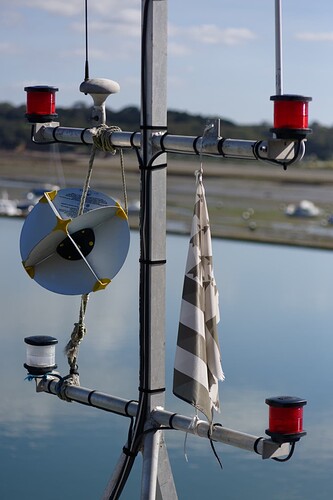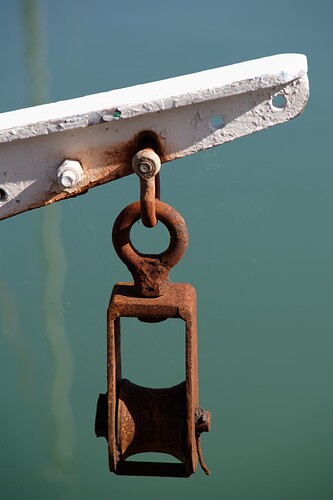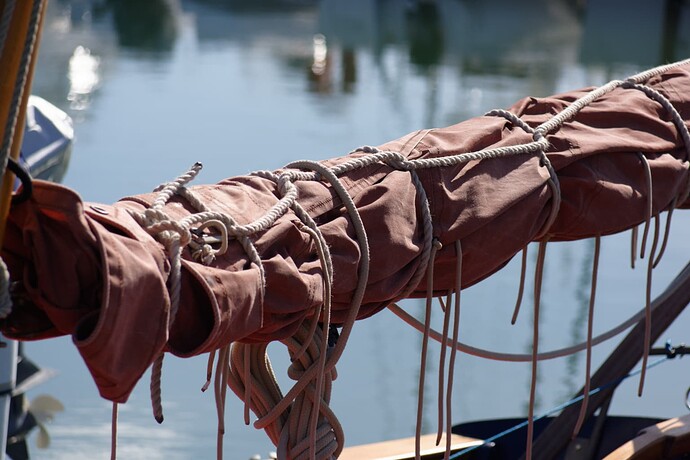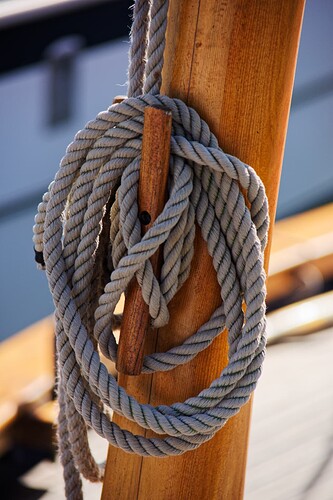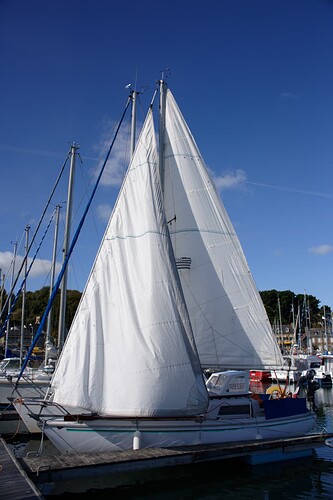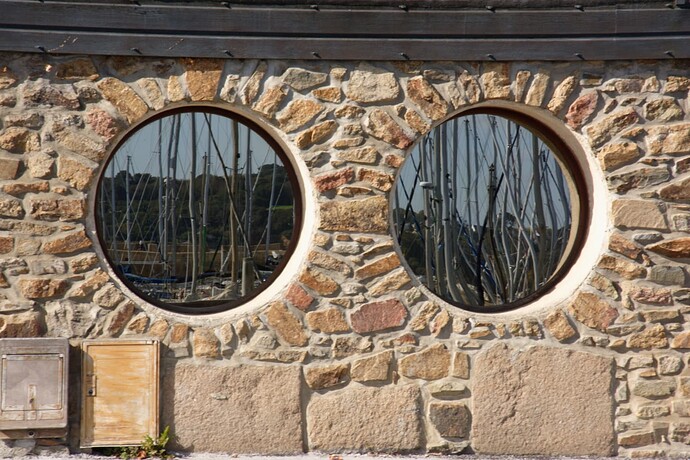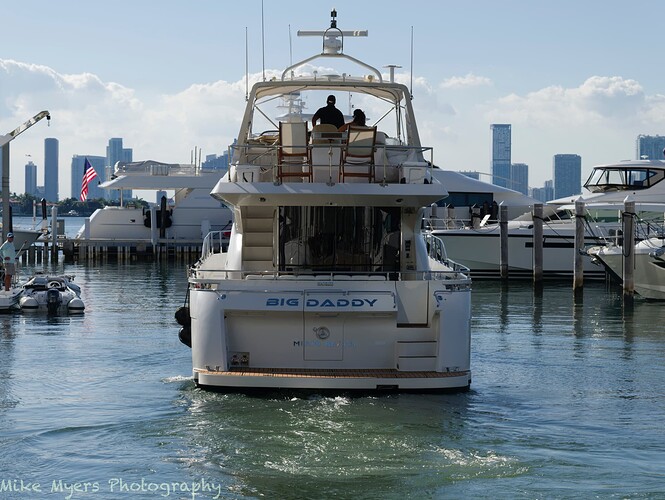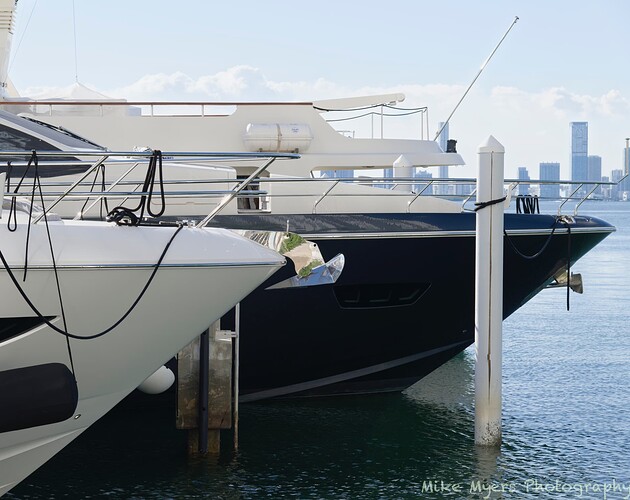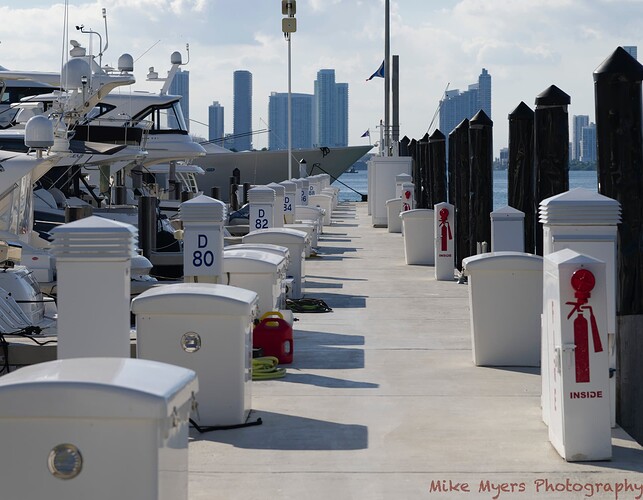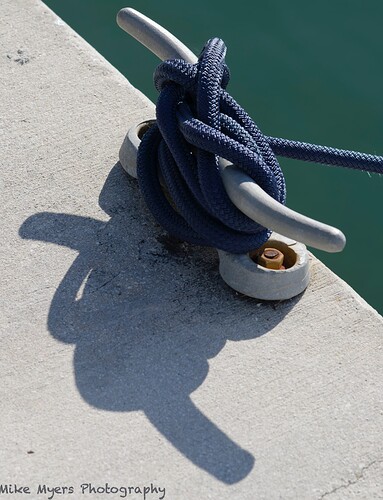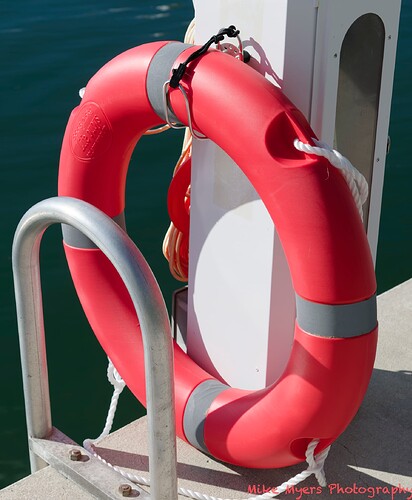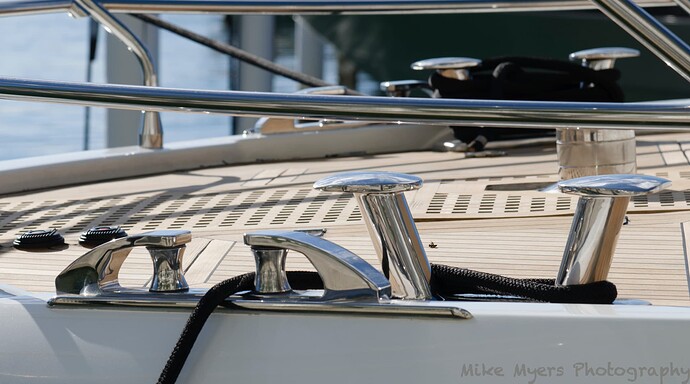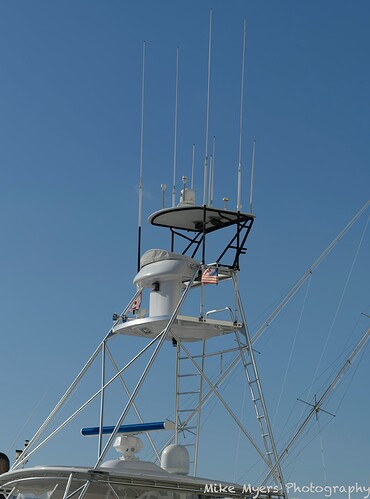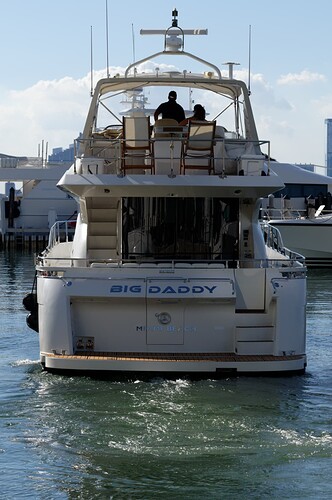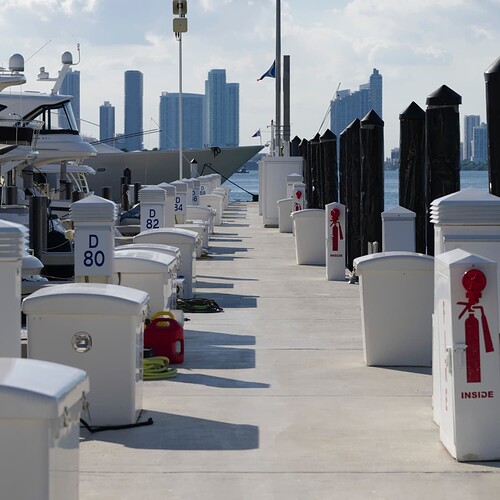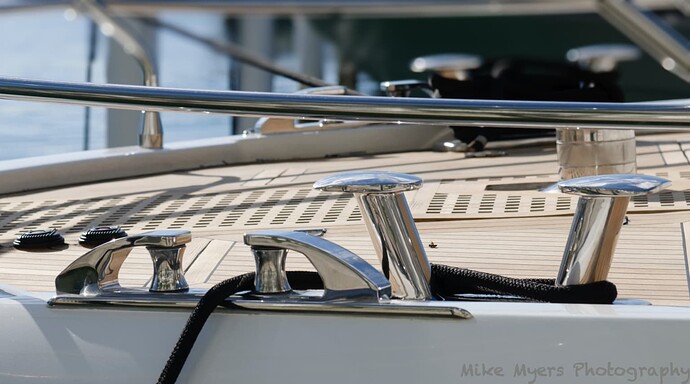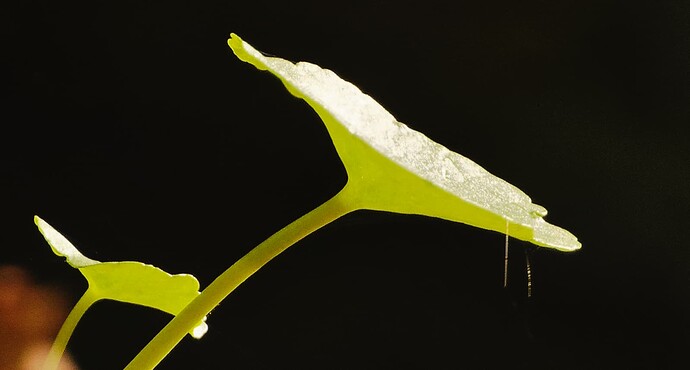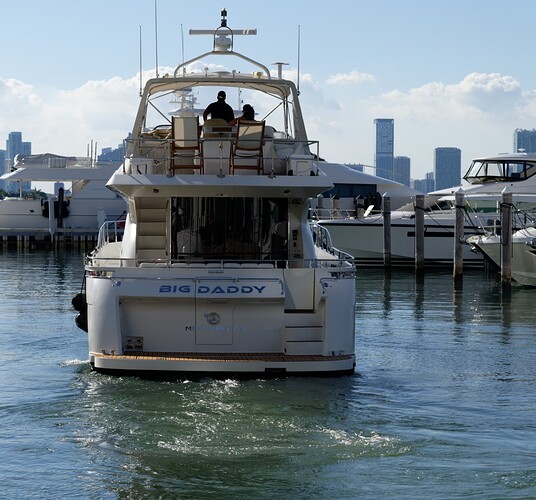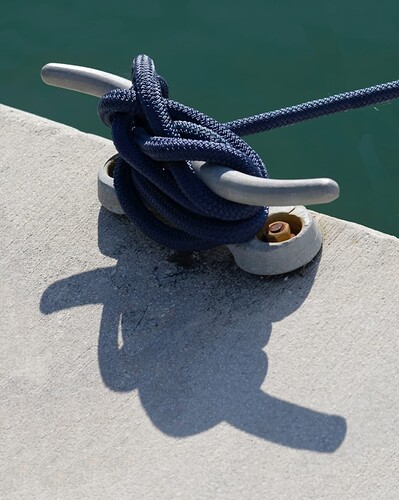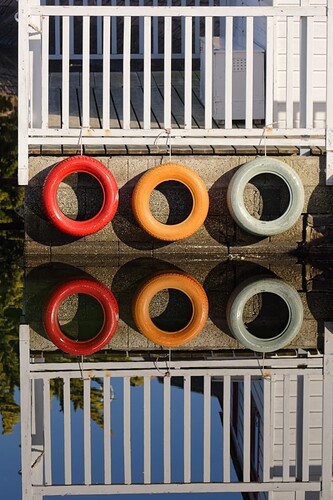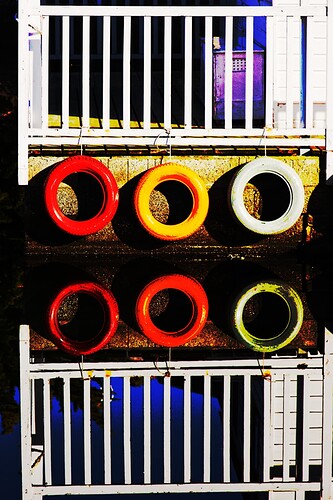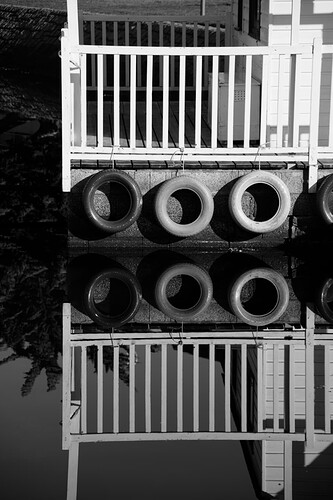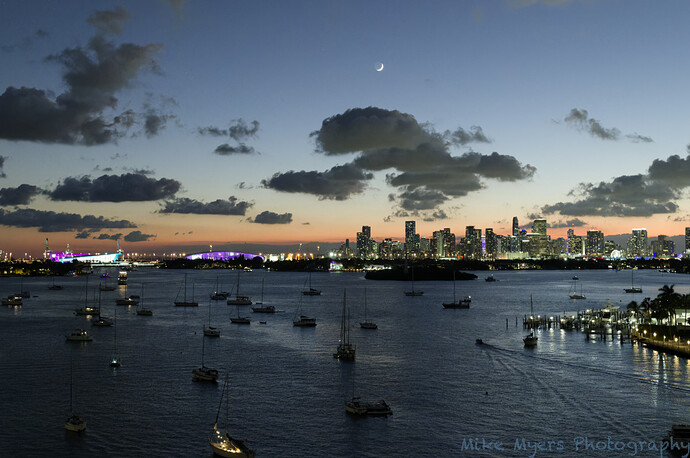Yes, B&H has a used lens for $700. I need to think about this some more. I was hoping my 28-70 might become my “go-to” lens. If I go out for a walkabout, smaller/lighter = better. With the Nikon, I will probably have a zoom. With the M10, it’s likely to be a fixed focal length. Last time that was 28mm. In the past, I used to “go places to take photos in those places”. Lately, it has been more of just bring a camera for whatever I find that I might want to take a photo of. I need to think about this some more…
Good idea - I need to think of this more often.
Yes, I forget very quickly, but hopefully I remember what is possible. I’ve gone through my menu system several times, and I think I have it reasonably close now, but there are things I need to read up on in depth, like focusing - but I have set focusing to be one single-point, with the rear button telling the camera to focus.
It was on the computer, in PhotoLab. I wanted people to see the two guys with their hammers, and I kept cropping to make that part more obvious. Then I found the fellow in the cab on the crane, and tried to make him more obvious, but I doubt anyone will even notice. …you know, I’m spoiled now. The camera has so much resolution, that I get “sloppy”. I just need to make sure I capture what I’m interested in, knowing I can crop so much. With the M8.2 I wouldn’t dare do that!
I love your sample images, especially the wave. It has just the right amount of “sharpness”, with the back of the wave showing motion. Lovely!!
As usual, you are correct yet again. If I had to do it again, I ought to have bought the 28-300 to begin with. Knowing me, I’m note sure how much I would carry it around. Even my 24-120 is more than I prefer to carry around. My 28-70 is more of what I prefer, and it can capture macro shots too.
Interesting to re-read what @prem wrote. I’m mostly taking photos just for myself anyway, but I do share them with friends and family. I pick one of my cameras, and one lens, and an extra battery. Maybe I should sell my older, less-used lenses. Instead I tend to give them to friends and family. I will probably never get rid of my Leica gear, as I’ve been using a Leica M since the 1970’s, even when I got “better” cameras for specific purposes.
I’m also “stuck”, as in my desire for any new camera gear is futile. Until Nikon starts making DSLR cameras again, I doubt I will buy a new Nikon. As for Leica, I started to get excited about their new M11, but no longer want one. I prefer my M10. I could elaborate on why, if anyone is interested.
I am anxious to start shooting film again, either in my Nikon F4 or in my Leica M3. I was shooting one roll of film a week a year ago, to get used to things, but got out of the habit. My Plustek Scanner is sitting in front of me, but I have no new food to feed it. If I was still shooting sports, I’d buy a Nikon Z9, but I’m not. I still see fascinating (to me) scenes of Biscayne Bay out my window most days, but as @Joanna would agree, I’ve already posted too many of them. There are lots of interesting buildings and structures around Miami Beach that I might start visiting. To be honest though, I never know what I’m going to photograph “tomorrow”. ![]()
